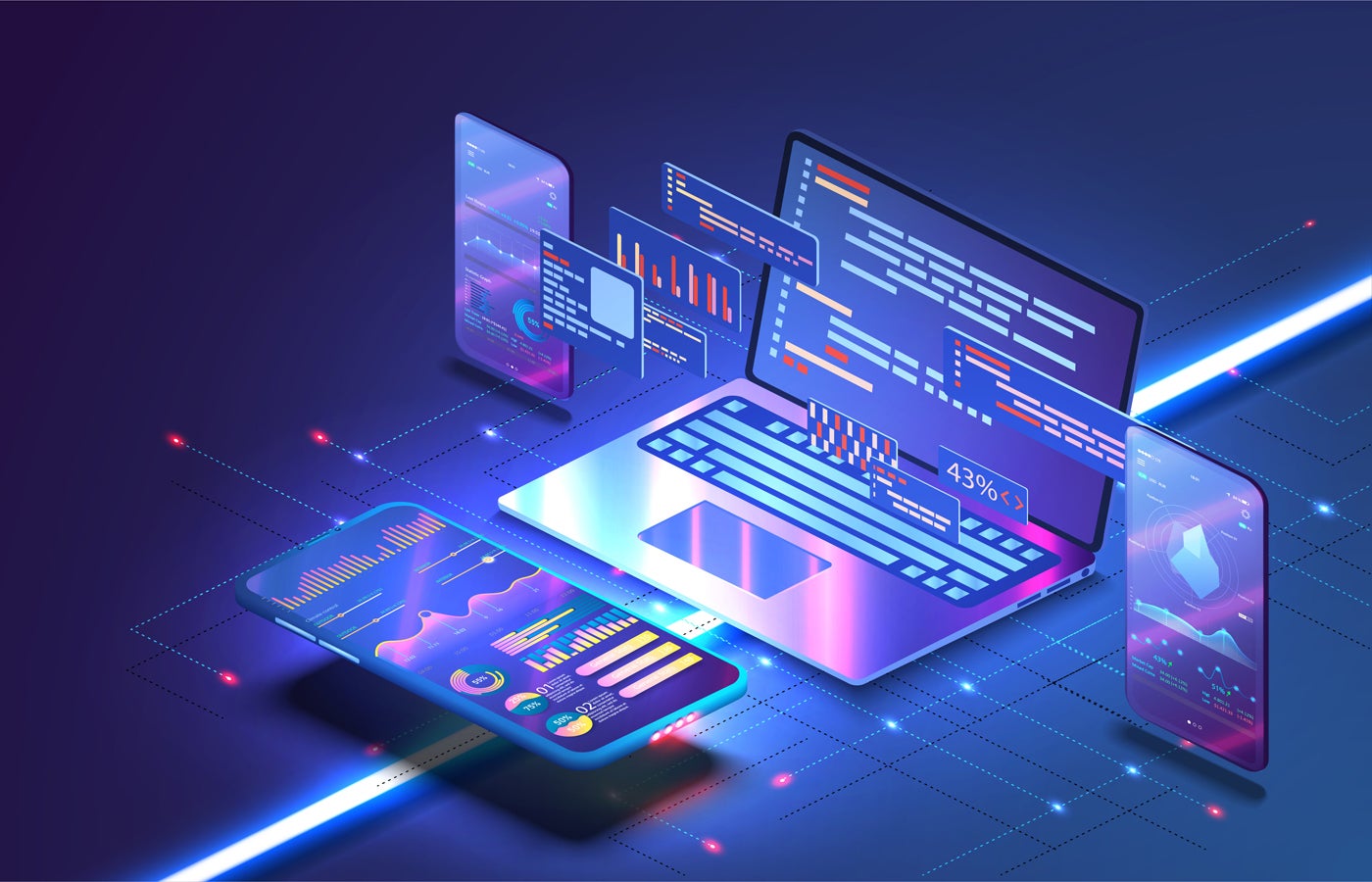Rapid advancements in AI, computing, and human-machine interaction are the key drivers behind this year’s list of 10 technologies that Gartner believes IT leaders should closely monitor in 2025.
Gene Alvarez, Gartner’s distinguished vice president analyst, revealed a list of technology trends likely to cause disruption in the next two to 10 years during the IT Symposium/Xpo in Australia on Sept. 10. Based on research and analyses, he said the list includes only technologies and trends that “are so significant C-level executives are saying we need to do something about this.”
1. Turning AI into decision-making agents
Gartner expects Agentic AI to emerge within the next two to three years — with capabilities that go beyond tasks like summarising information to actually taking actions on behalf of individuals. Rather than presenting users with options, they will be able to choose the option that is optimal for the user if given permission.
2. Technology platforms for governing AI
Prompted by concerns such as model bias, AI governance platforms and tools are being developed to build trust through transparency and ethics into models. Alvarez explained that this will enable features like explainability of AI-generated answers and prevent harmful outputs.
SEE: Australia proposes mandatory guardrails for AI
3. Tools defending against disinformation
Generative AI could allow bad actors to create synthetic media, such as fake videos, voices, and images that impersonate people or organisations. Disinformation security tools will help organisations identify deepfakes or detect synthetic media by assessing truth and tracking the spread of disinformation.
4. Moving to post-quantum cryptography
Post-quantum cryptography standards were recently released. According to Gartner, post-quantum cryptography will become a concern in just two to three years. IT leaders will soon need to replace every piece or encryption with a post-quantum algorithm unbreakable by classical or quantum computing.
5. Ambient wireless tags and sensors
The falling cost of wireless tags and sensors, which can track and monitor inventory, supply chain conditions, or physical assets, will soon enable organisations to access and respond to data from parts of their operations that were previously “in the shadows,” Alvarez said.
6. Exploring energy-efficient computing
Organisations may soon begin moving energy-intensive algorithms to green cloud providers, rewrite algorithms to consume less energy, or more closely monitor energy use for generative AI. Additional technologies like optical, neuromorphic, and DNA storage could create vast efficiency improvements.
SEE: How Australia is striving to lead in both AI and sustainability
7. Going hybrid with future computing
Organisations are expected to take a hybrid computing approach in the future. Alvarez said they are likely to integrate and orchestrate multiple different computing paradigms and technologies, including CPUs, GPUs, edge computing, quantum computing, optical computing, and storing information in DNA.
8. Enhancing reality with spatial computing
Spatial computing brings the physical and digital realms together into a single, unified 3D space through devices such as augmented reality headsets. Alvarez said devices and applications are being developed that could support just-in-time contextualisation for decision making in places like the manufacturing shop floor.
9. Robots that multitask
Though it will take between three and ten years, polyfunctional robots that can perform multiple functions, rather than being limited to a single task, are expected to become part of everyday life. By 2030, Alvarez said 80% of humans could be engaging with smart polyfunctional robots on a daily basis.
10. Neurological enhancement technologies
Developing technologies that can read and enhance brain functions could be used in settings including healthcare facilities to restore senses such as sight or hearing — though, Gartner says, this will not happen for at least another 10 years. Devices will range from simple wearables such as earbuds or headbands to complex integrated brain-computer interfaces.
Ignore technology trends at your peril, Gartner warns
IT leaders would need to decide for themselves which technologies to act on now, which to monitor and which to ignore, Alvarez said. However, he urged caution to those who do choose to ignore Gartner’s strategic technology trends, saying, “if you turn your back on a wave, it could knock you down.”

